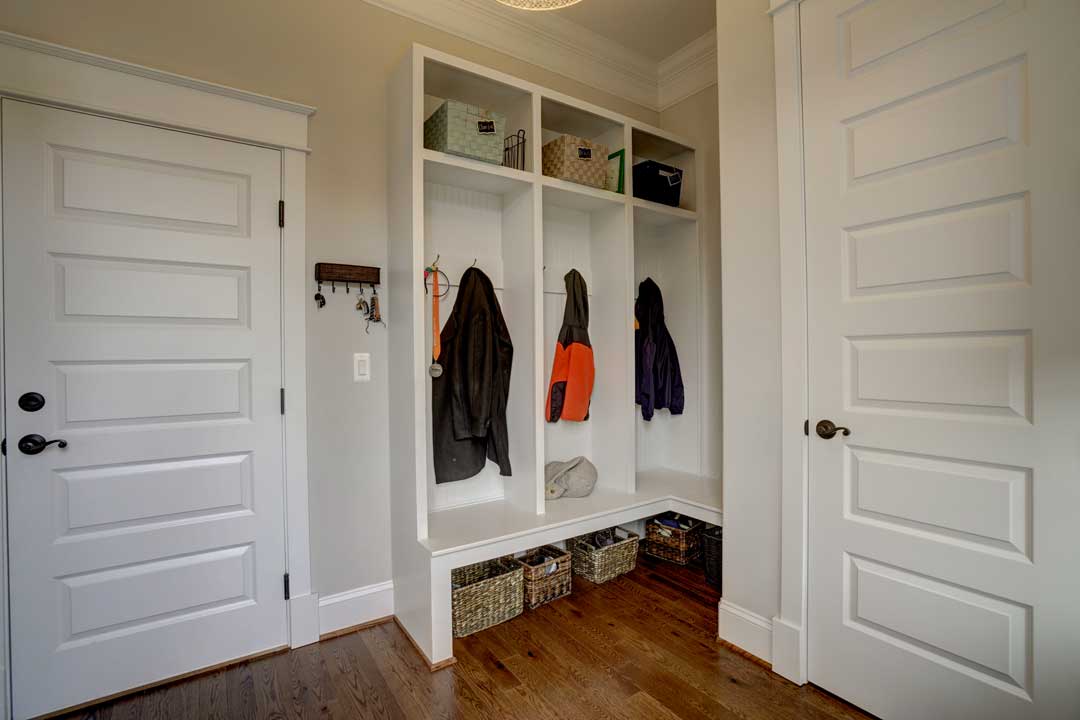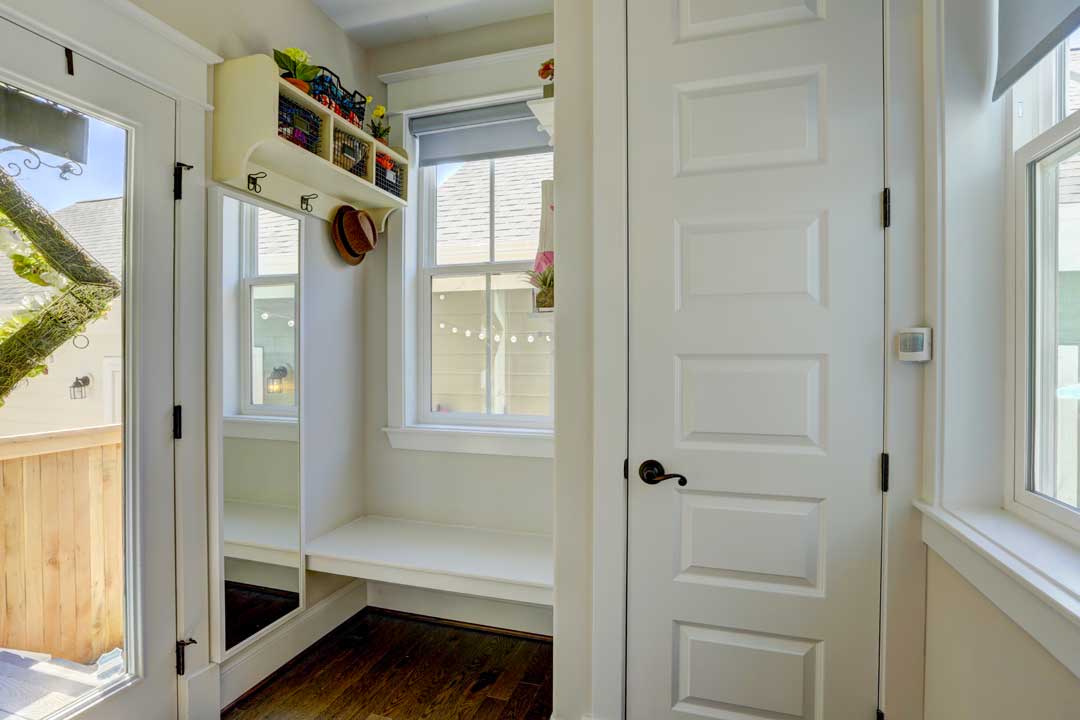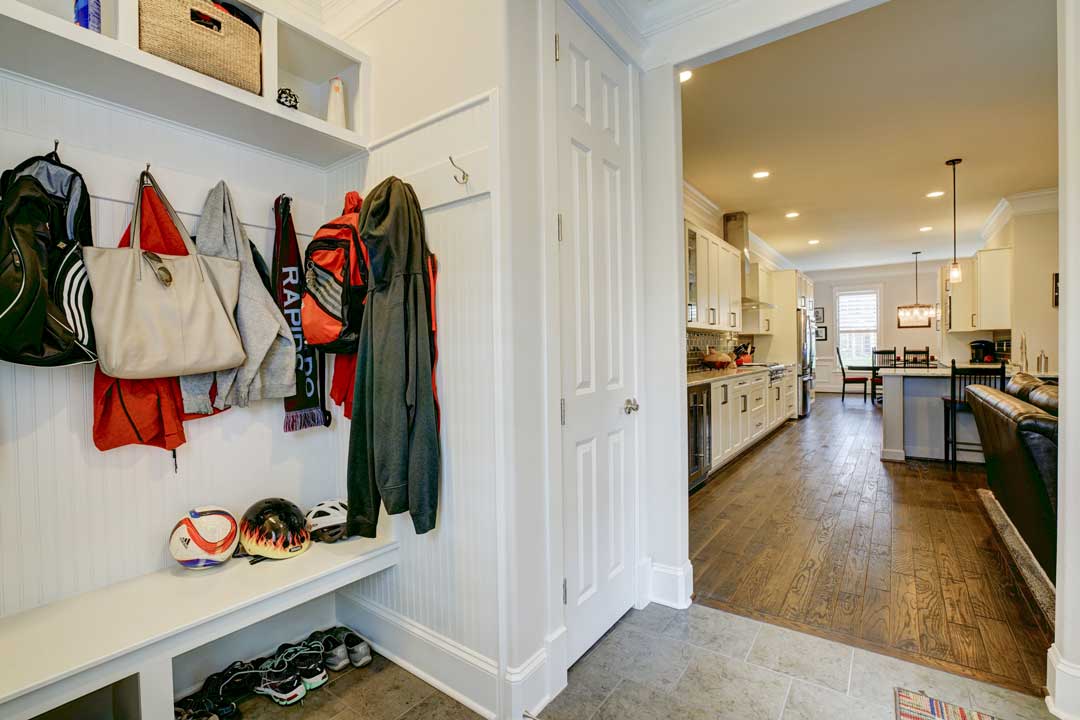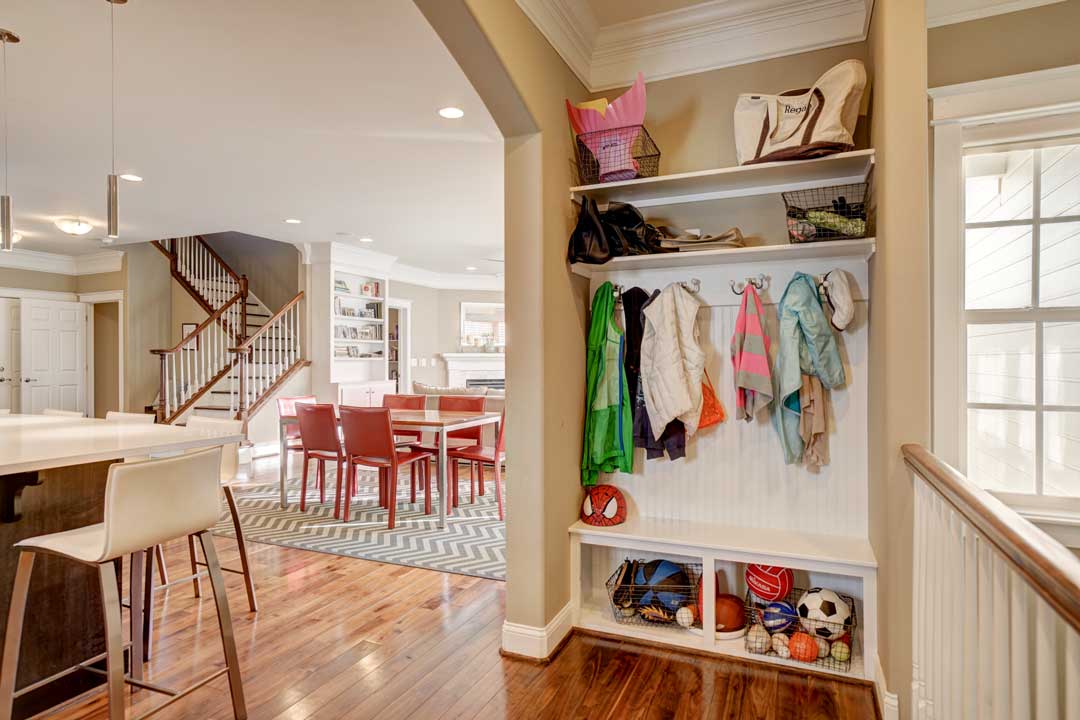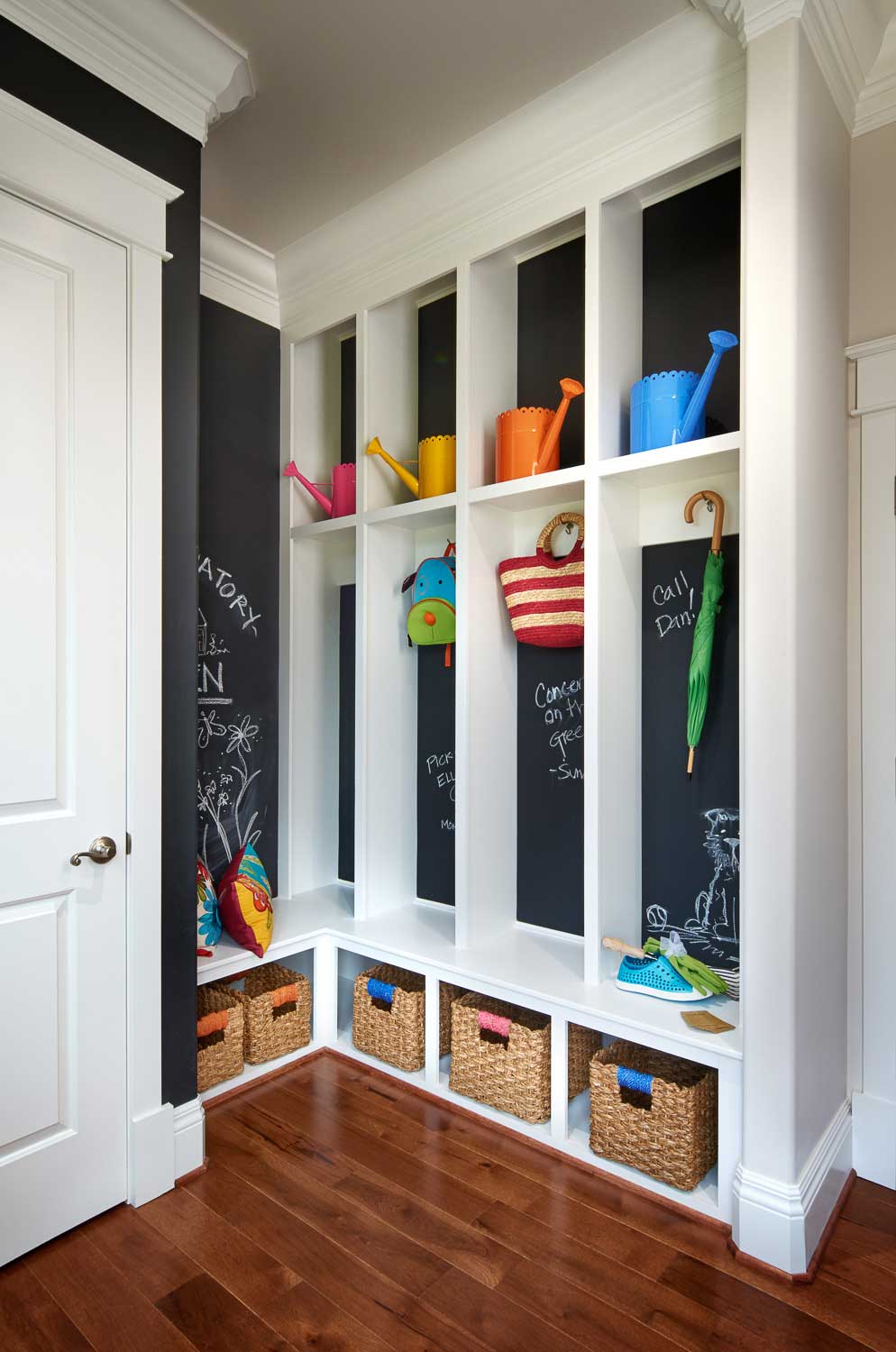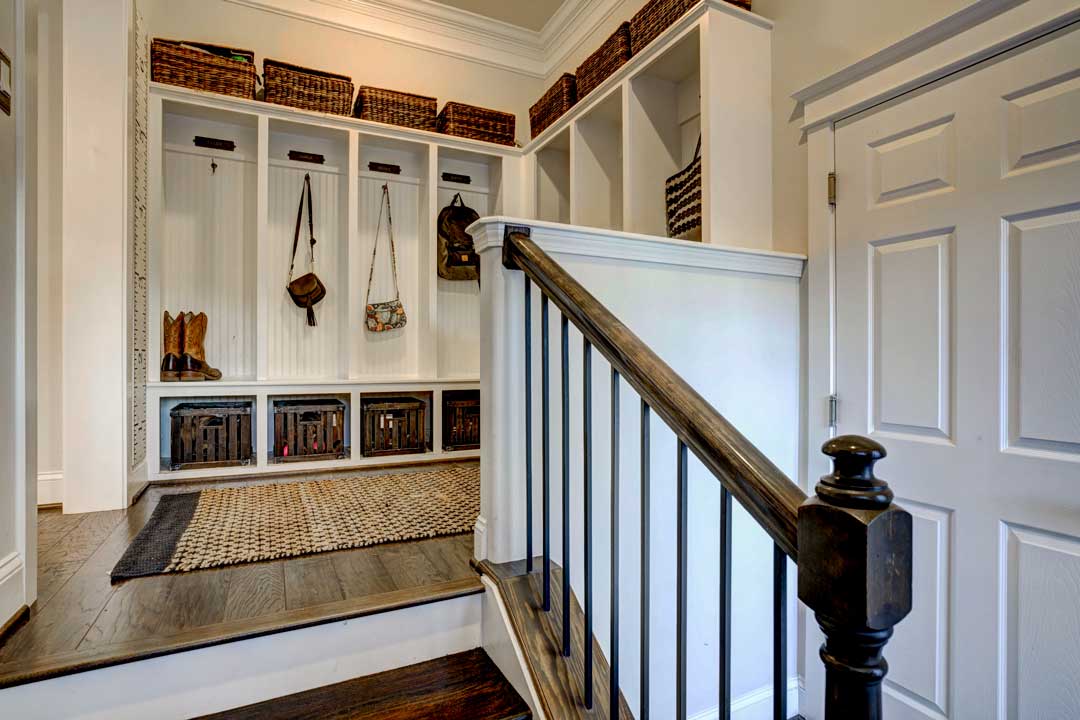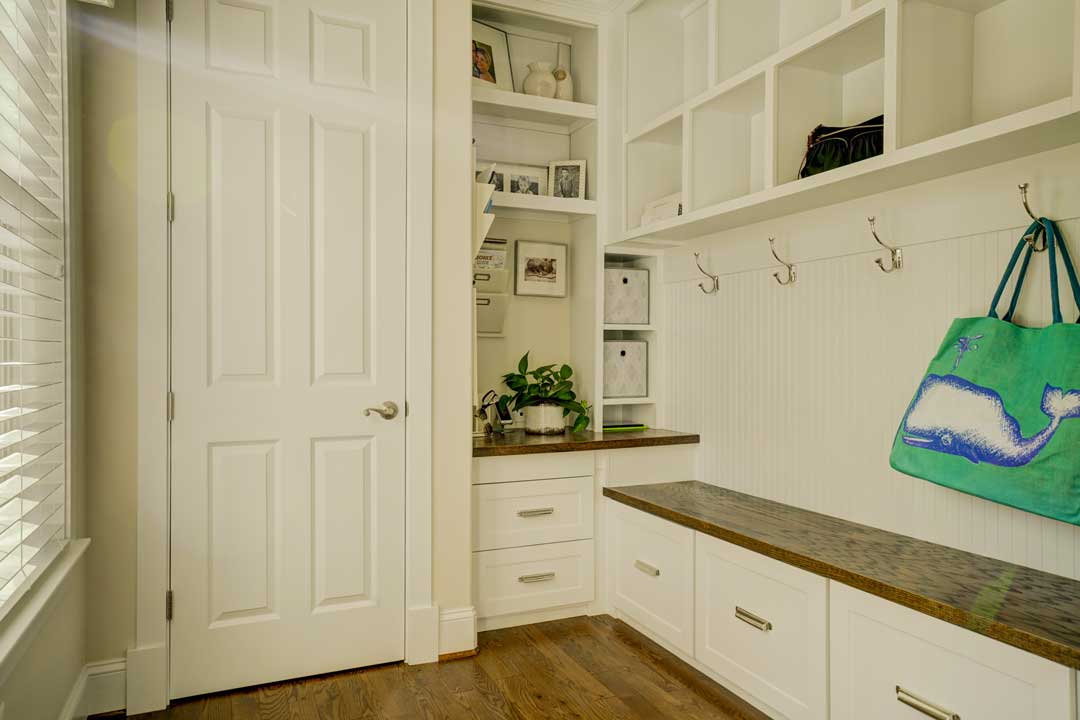By Simon Liu
Great design is always at the intersection of form and function. When it comes to homebuilding, this means we design your homes to be as useful for your family as they are pleasing to the eye. The wide front porch for lounging on a lazy summer day, the shelving that’s quite literally built for the room it sits in, or even the oversized knobs on a professional gas range that help make world-class cooking an act of muscle memory. The mudroom is perhaps the best example of design that brings utility to the family while contributing to the overall elegance and beauty of the home.
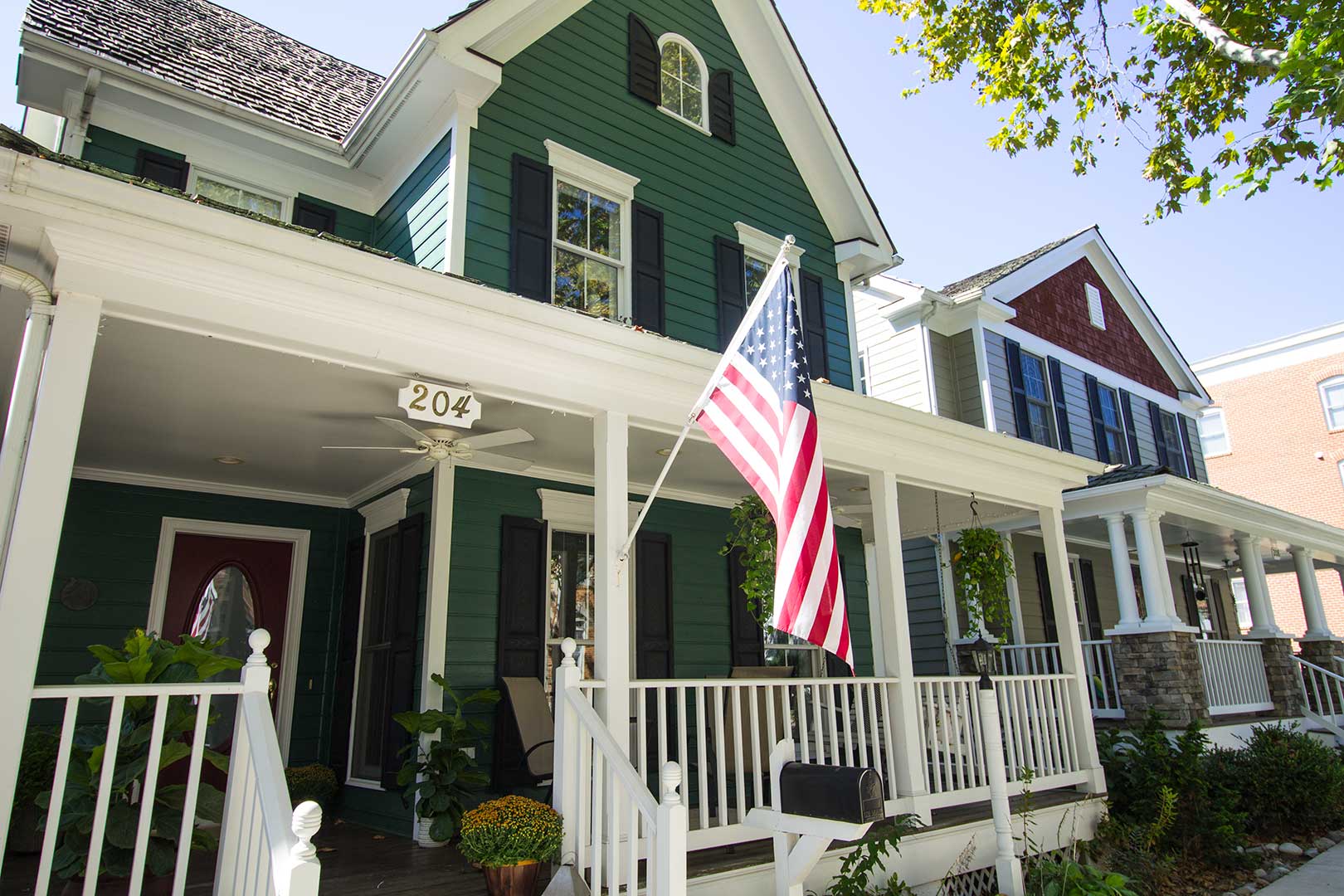
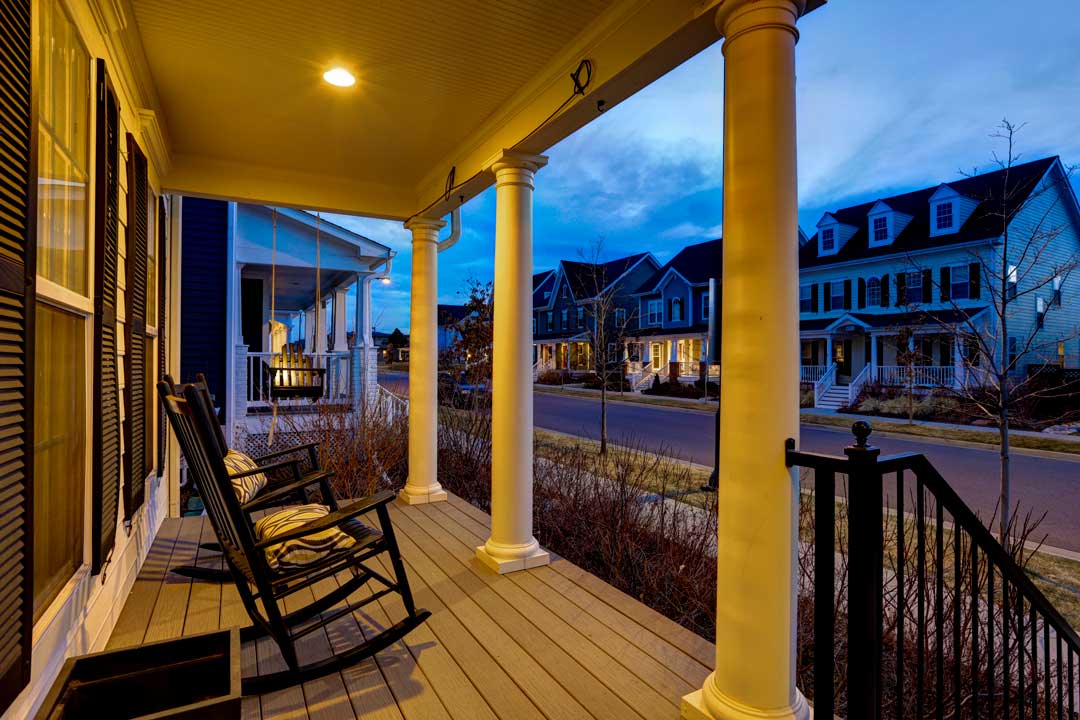
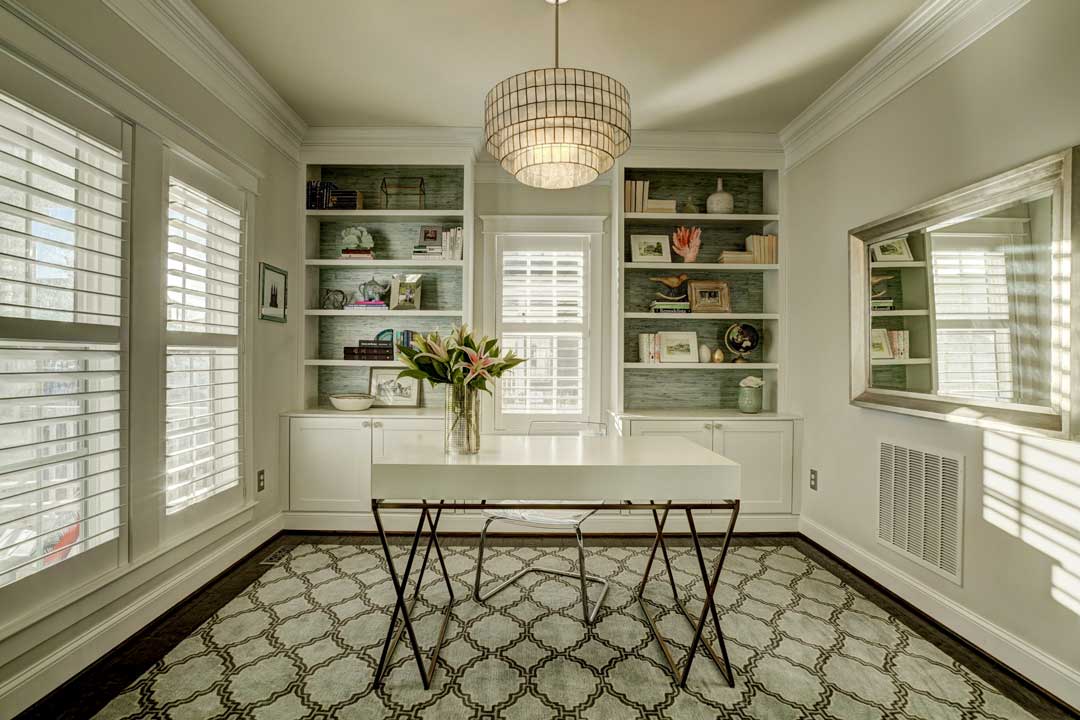
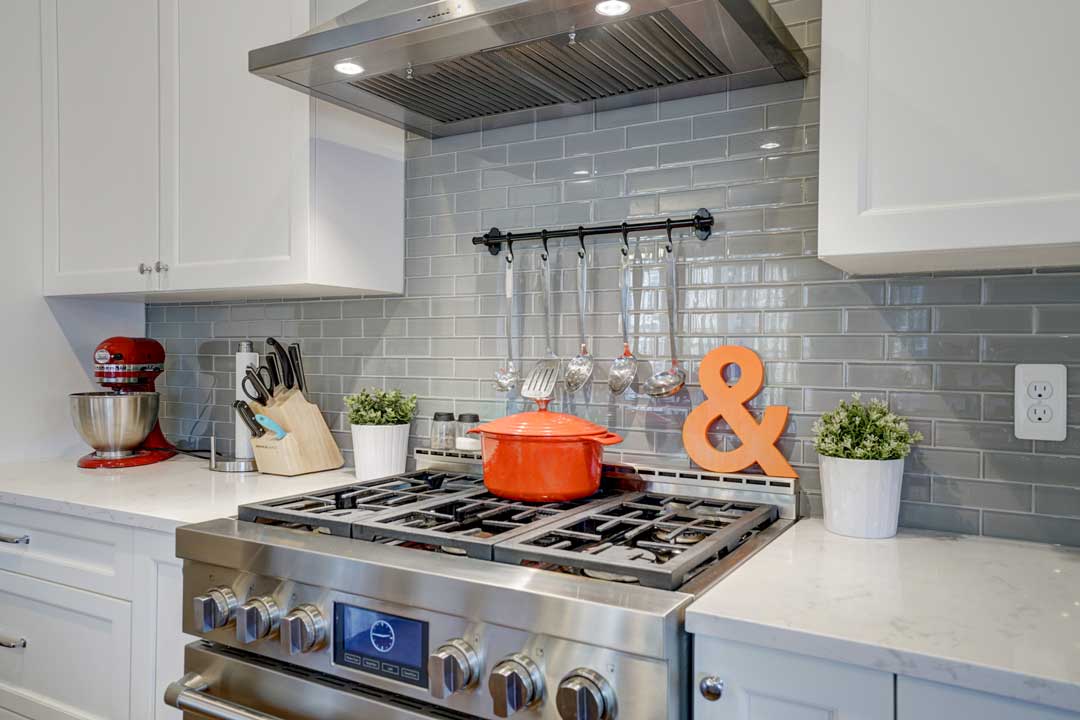
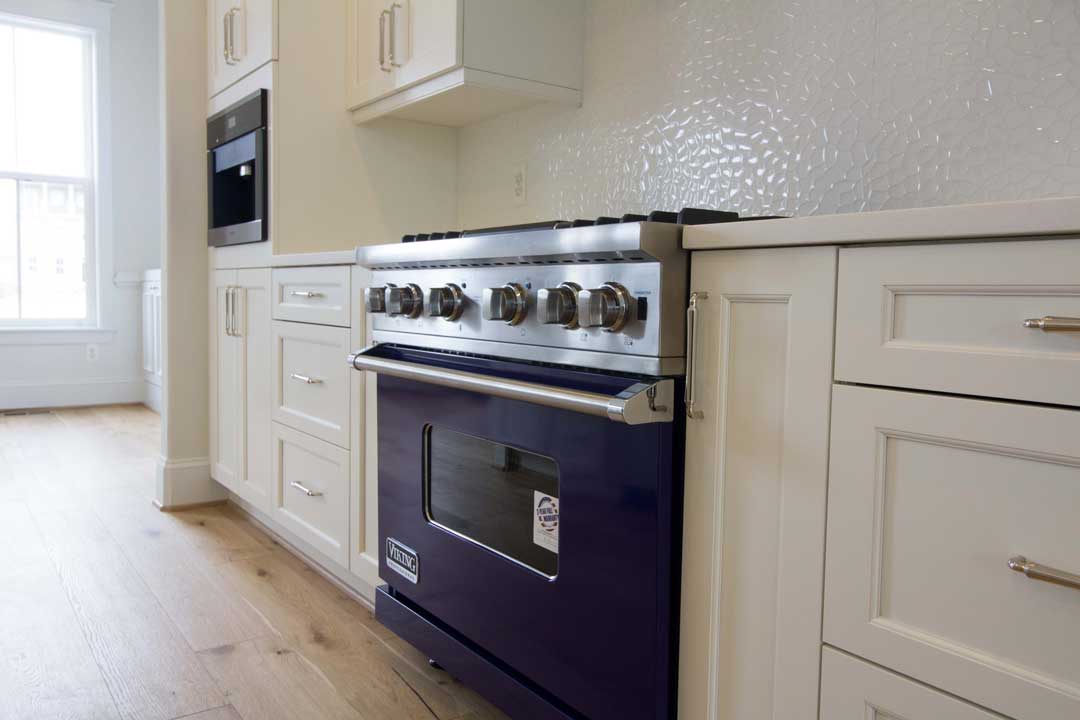
During its earliest conception, the mudroom was mostly a matter of necessity. In the 18th century, when 90 percent of Americans spent their day outside growing crops, enduring the wet winters of the East Coast and traveling on mud and dirt roads, the etymological roots of the mudroom become abundantly clear. Though it wasn't the cleanest space, it was the only thing keeping a family's home from becoming a glorified extension of the outdoors.
A place for farmers to shed their soiled clothes and store their tools and crop seeds, the mudroom was the necessary evil that kept the rest of the home relatively organized and presentable. Understandably, it wasn’t exactly the part of the home you wanted guests to see, and you certainly weren’t showing it off to people. Then again, homes back then were simpler, and there wasn’t exactly a culture of giving guests a tour of the house.
While the mudroom continued to be built through the 19th century, it didn’t become truly popular until the early 20th century, when people were rediscovering the charm and style of traditional American architecture. Drawing on the Federal and various Colonial styles of the past, new homes around the country were built with symmetrical facades, columned porches and elaborate front entrances.
Inside their homes, Americans included elegant interior trim, ivory-white crown moldings, and a return to durable materials and skilled craftsmanship. This new attention to aesthetics and detail extended to every area of the house, including, of course, the mudroom. Mudrooms became an elegant transition from the garage to the living areas, complete with storage areas and benches for taking off shoes. With their more suburban lifestyles, these 20th century Americans didn’t have to settle for muddy rooms cluttered with farming tools. Instead, it was primarily used by messy children who, after a day in the rain or playing sports, might not value the cleanliness of the rest of the home the way their parents do.
Today, mudrooms are back in force as a near necessity for any family building a new home. It isn’t merely form nor function alone, however, that makes the mudroom such an essential part of the home. Families these days are busier than ever, and the last thing they need is a reminder of that every time they reorganize the pile of shoes littered around the door to the garage, or pick up a stray winter coat slung over a living room couch. The mudroom, with its locker-style cubbies and brushed metal hooks, can help keep the home organized by reminding people they are entering the home now. This new version of the mudroom is a stylish solution that is bound to impress with its beauty without straying from its pragmatic roots.
The reality is that more and more families enter their homes through the garage now, so the mudroom serves as a secondary entrance. People love that they can customize the mudroom and make it a reflection of who they are as a family. At Parkwood, customization means we don't just stop at building a beautiful home; we build the home your family needs. Take a look through the gallery below to see how so many Parkwood families customized their mudroom to be a stylish, yet functional, part of the home.
